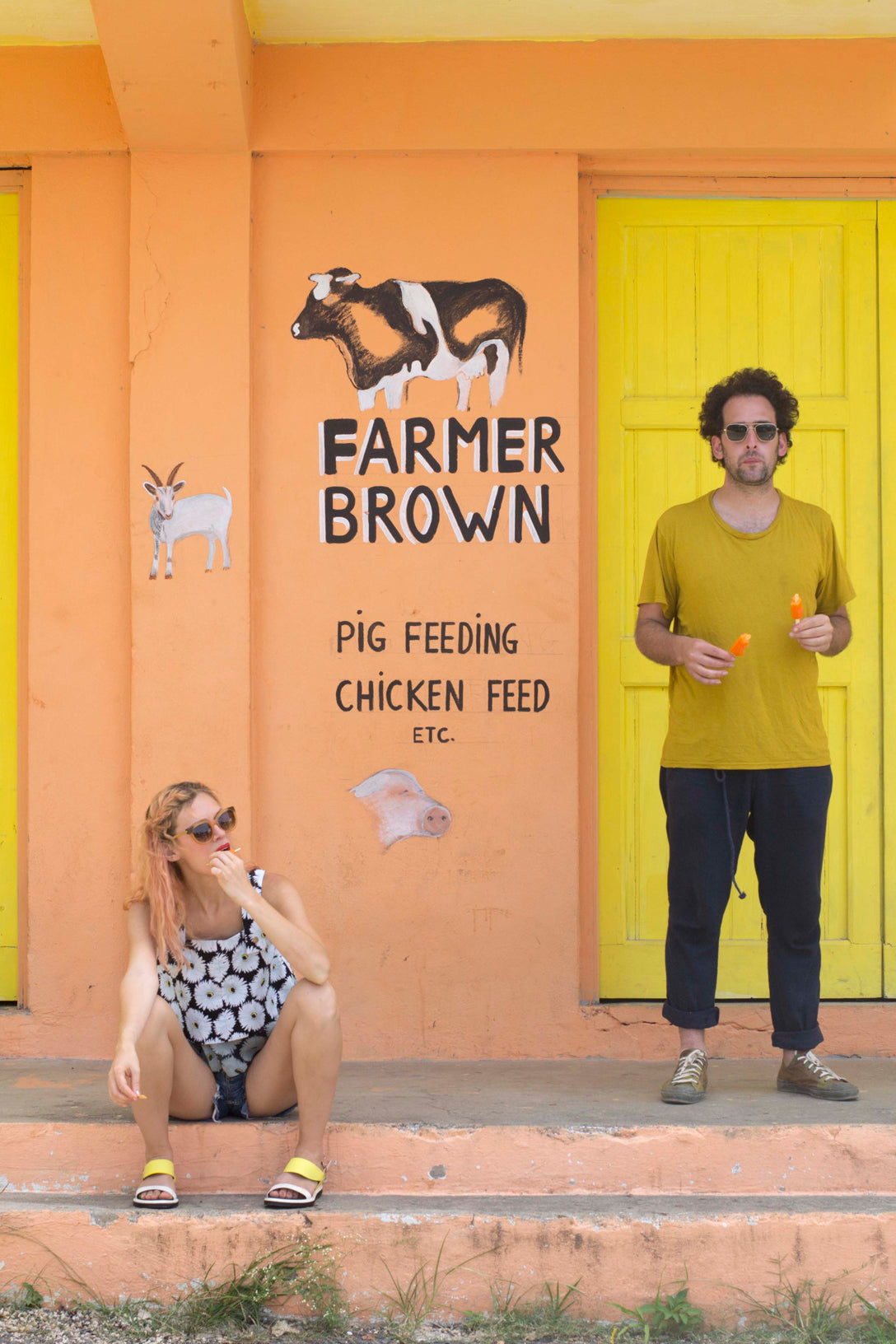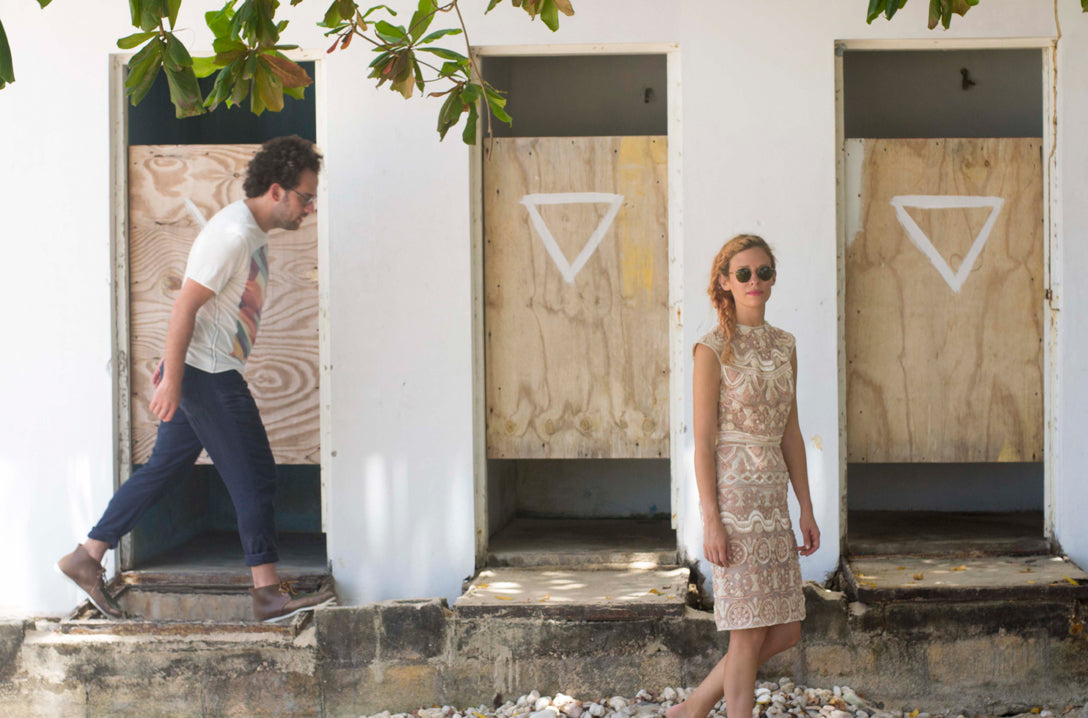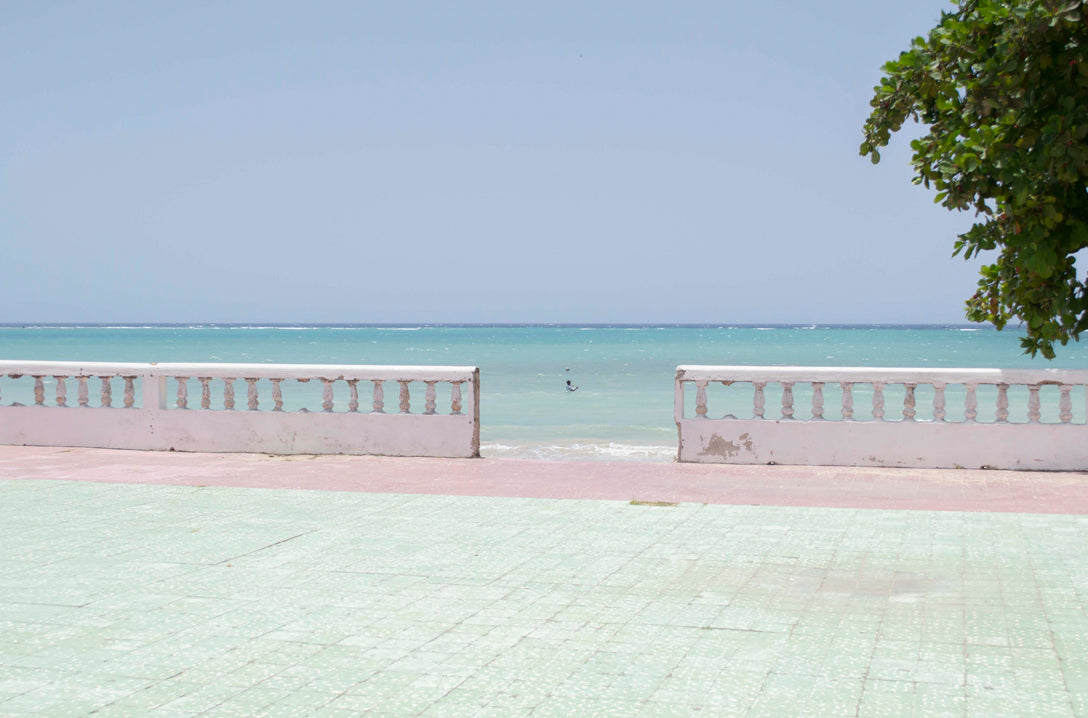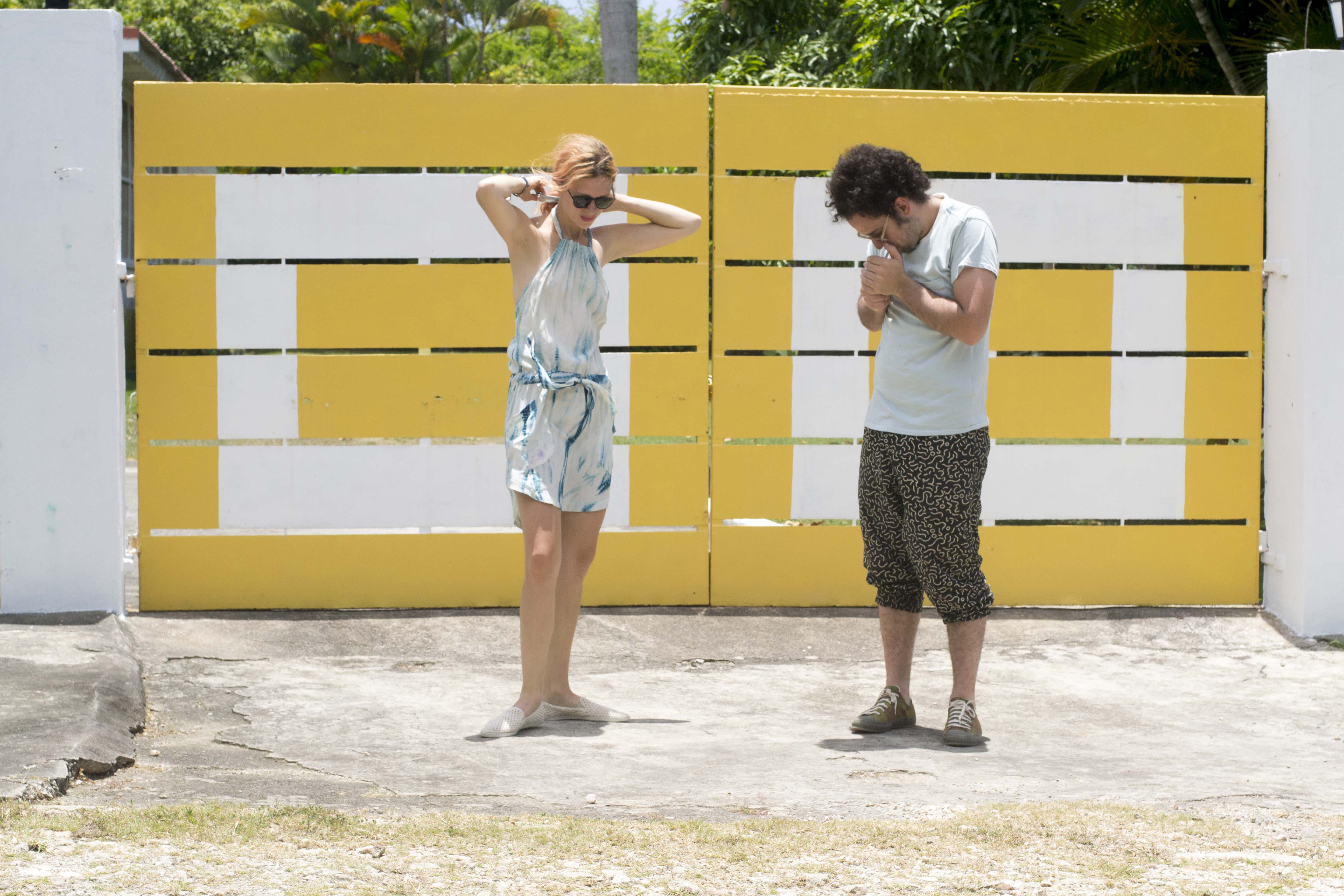I’ll always remember the first time I met Lia Ices. She had agreed to be a model for a Garrett Leight catalogue, and her and her now fiancé, Andrew Mariani, joined us in Los Angeles for a photo shoot. Her first impression was disarming and graceful, completely matching the image I had of her in my head after listening to her music. When she arrived I noticed that she happened to be wearing the same Sandro coat that I was wearing. I think there is a widespread myth that as a female you are suppose to be turned off if another woman is wearing the same thing as you, as if you’ve somehow lost your individuality. But I felt quite the opposite. Ices’ songs and music videos give such intimate details into her life, and I felt our shared taste in coats was one more secret that I was let in on.






If you’re a fellow Angeleno and have ever made a habit of tuning into this city’s best independent radio station, KCRW, there is no doubt that you’ve inadvertently been serenaded with Ices’ mesmerizing falsetto as you make your morning commute. But Ices’ reach does not stop at Morning Becomes Eclectic, and so much of Ices’ intrigue comes from the aesthetics linked to her overall lyrical genius and musical ethos. As I discussed her new album, Ices, I venture into her evolution as an artist and how she tells her story beyond her music.


It appears you’re not only a successful musician but a working model as well. Is this something you’ve been actively pursuing? A little bit. I went to college in New York and was acting and doing some random modeling jobs. I was so unsatisfied with acting because I felt like it was bringing out the wrong parts in me. But at the same time, when I am modeling for labels owned by my friends or if it’s attached to who I am and my music then I feel I’m really happy to do it. But if it’s an anonymous modeling vacuous thing, then I can’t do it. Through social media it’s difficult now to not have your fans see who you are in an everyday capacity. Do you ever say “no” to people who approach you to represent their brand? I’m careful about who I work with, and I put a lot of time and pride into what I want to be wearing and what image I want to put out into the world. It’s definitely curated. But I’m lucky that it is really intuitive and the people that reach out are usually like-minded.


Something I have seen recently was the Ices x Seth Pratt poster dress. He usually does such ostentatious one-offs for people, but this was an interesting mod look that you both have created. How was that project started? I met Seth at my opening party, and I didn’t know who he was. But he started talking to me about how he wanted to make clothes for me. I was like, “I’ll talk to him, but this seems crazy.” The second we started talking about my influences and what he was thinking, I realized that he gets it on a level that’s so amazing. He is such a giving artist. Can you order the dress? I’m going to have the poster for sale and the pattern so you can cut it out and make it yourself. Do you style yourself for tours? Do you conceptualize each visual piece for the show? Ya, I do. I think the more I work, the more I really value collaboration. Even if I have an idea, I like to work with people who I really trust their aesthetic and their vibe. Even with Seth I wanted something that was modern and strange, but all these different things. And I think right now I’m really into creating a dream team and conceptualizing things that I couldn’t really do on my own, but come from my original idea. It’s the same with music. I wrote the album with my brother, and we just brought in all these different people and influences, and I think the album is so much richer and deeper because we brought all these different people in.






Who are your visual influences or style influences? I’m really into monochromatics. I’m into keeping it really simple right now. I just like classic French stuff. It’s really solid for me, like Françoise Hardy. The aesthetics surrounding your music are very established. How do you cultivate your ideas behind your songs and link the visuals to every outlet that people see you? As I keep making music, I understand more now the value that ultimately these sounds have to link up to an image. It’s unavoidable. I have a huge file on my computer where I was literally collecting images and inspiration for three years. And when the album was done, I could see all the different phases I went through. I was super into NASA, like 60s weird stuff and futuristic stuff, futuristic of the past...I can see all these different things. And I was super into hip-hop fashion for a bit. And then I got to a point, when the music was done, where I could actually wrap my head around how all these things came together. It’s a similar thing to writing music, where you’re like, “I love all these kinds of music,” and “how can I integrate all these things?” It’s the same with the visuals right now. That’s why I really like collages, which I’ve been making for this album. Just kinda flipping things, or letting things come in that couldn’t have existed before, or what your brain necessarily couldn’t have thought of as one singular idea. Submitting to our AD culture of so much input is really working for me right now. And no matter what, you can just eat everything up, and whatever you put out is still you. You never know how these things will inform something else later on.


As I was listening to one of the new songs on the album, Higher, I also happened to be on the homepage of your website. The neon graphic on your homepage happens to move to the beat of the song—coincidence or planned? That’s so cool! That’s amazing! No, I did not plan that. The album is so rhythmic and the same with the website. I just want things to move all the time. Do you create your graphics and imagery on your website? The album cover was a collaboration with this collage artist Hugo Barros who lives in Portugal. And he made a collage per song for the whole album. When you buy the album you get a poster of each collage. I worked really closely with him. All the album writing is my dad’s handwriting. I wanted a really nice script, and my brother was like, “Dude, Dad has the best handwriting!” So I usually have the idea and then have such great people who want to help me. Your first albums had a more folk acoustic tone to your songs, and now your new album has a heavier rhythm and upbeat melodies in the songs. Is that specific to a state of mind or a musical influence? Kind of both. After I toured Grown Unknown, just playing songs over and over again for a year straight you kind of understand what you want from them. I started to naturally extrovert these songs that had started off as introverted folk songs and that expression of them was way more fun for me. When it was time to write another album, I wanted to make something that’s not under the umbrella of 70s folk. And I think there is a time in every artist’s process where you need to go in deep and not care about how long it takes but come out a different animal. And that’s just what had happened. I moved in with my brother in upstate New York, and we just learned the computer and got into sequencing and beat making and analogue synthesis. We wrapped our heads around production and sound in ways we had never done before.


For your new album, you just finished shooting the music video for Higher in Jamaica. How did you choose the location? I’ve been thinking of the video in this way where you can go anywhere in your imagination, but I wanted, for this video, for us to go there visually. There’s so much there that’s not from my culture, but I still feel comfortable with it. There are a lot of Pakistani sounds and Persian sounds, Dub and Hip Hop. We’re all on the planet together, and I like the idea of borrowing— not procreating- but kinda like celebrating the mythology of a place and how it can make you feel. Would you say that’s the primary message of your album? Ya, how we are in the future, but we are still animals. And we need hand drums, and we need to beat on things (laughs). But we are in the future, still. I love that combo. We will always need music and need it to guide these places, and it is so primitive and primal. Your lyrics are so personal. I myself will go back and read journals from my past, and, as I’m rereading them, I will sometimes blush to myself wondering how I could have thought that way. Do you have songs that are like that for you, or are there songs that you have difficulty listening to now? Totally. My first album, Necima, it’s pretty cognitive. It’s like, “Chill out sista!” It’s so, so revealing. I think I was 22 or 23. I’m really aware that the bottom line is that the music is not just for me. It feels like it when I write, but it’s for other people. I’m unconsciously aware of revealing something really intimate from myself, but also making it universal, relatable, or human.



